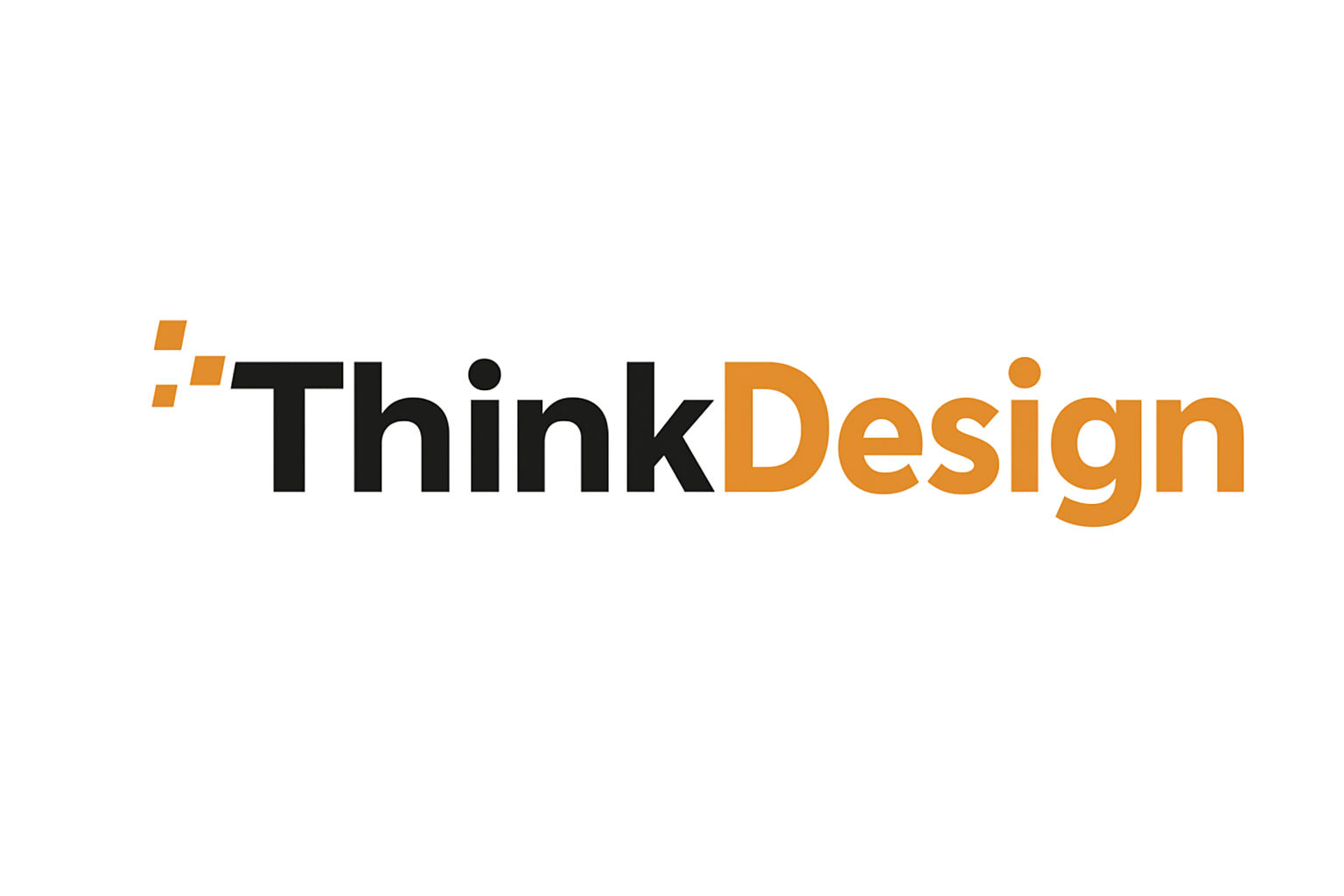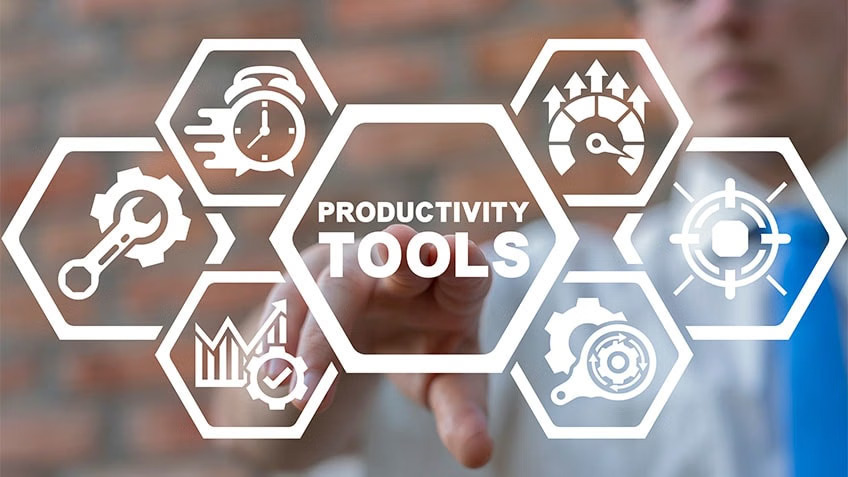1) Planning & Project Clarity
Why it matters: Most “productivity problems” are actually clarity problems. If I don’t know the goal, the audience, and the deliverables, I waste hours polishing the wrong thing.
My go-tos
- Notion (or Obsidian if you prefer local-first): project docs, briefs, decision logs, meeting notes.
- Trello / Asana / Linear: task boards and sprints. Pick one and stick with it.
- FigJam (or Miro): low-friction whiteboarding for scope, flows, and retro notes.
How I use them together
- One Project HQ page in Notion holds the brief, links, timeline, and a single “What success looks like” paragraph.
- One board (Trello/Asana/Linear) tracks the actual tasks. No duplicate tasks in docs.
- One FigJam canvas for flows/wireframes, linked back to the HQ page.
2) Design & Prototyping
Why it matters: Fewer tools = fewer edges to manage. I do 90% of my design work in one place.
My go-tos
- Figma for UI, components, tokens, and quick prototypes.
- Figma Dev Mode to hand off specs, variables, and redlines.
- ProtoPie or Principle when I need advanced motion.
- Spline (or Blender for deeper work) for lightweight 3D assets.
Speed habits
- Build a personal component library (buttons/inputs/type scale/color tokens).
- Use Auto Layout, variants, and variables religiously.
- Keep one Playground file to test ideas without breaking client files.
3) Content & Asset Creation
Why it matters: Good visuals and words are half the job. The other half is generating them quickly without quality loss.
My go-tos
- Adobe Photoshop / Lightroom / Illustrator (or Affinity suite) for heavy lifting.
- Canva for social/poster templates when speed > pixel-perfect control.
- Runway / CapCut / DaVinci Resolve for short-form video and quick edits.
- Procreate on iPad for sketching, lettering, and concept thumbnails.
Micro-workflow
- Sketch or write in Procreate/Notes → drop assets into Figma → export finals via TinyPNG/Squoosh to keep pages fast.
4) Knowledge Capture & Research
Why it matters: I forget brilliant ideas unless they’re captured within 30 seconds.
My go-tos
- Notion Web Clipper for saving articles and examples to a “Swipe File.”
- Readwise (with Reader) to highlight, summarize, and resurface notes.
- Tana/Obsidian for daily notes if you like backlinks and graph views.
- Eagle (or Pixave) for visual asset libraries by tags/color.
Habit that pays off
- Tag everything with Topic / Format / Why it’s good. When I need inspiration fast, my swipe file actually works.
5) File Management & Version Control
Why it matters: Version hell destroys focus. I avoid “v7-final-final” by naming and syncing properly.
My go-tos
- Dropbox / Google Drive / OneDrive for cloud backups and shared folders.
- GitHub (with Git LFS) for design systems or front-end code.
- Raycast or Alfred for ultra-fast file/app launch.
Simple naming template
ClientOrProduct_Project_Version_YYYY-MM-DD.ext
e.g., Acme_DashboardV2_2025-09-26.figFolders I reuse
/01_BRIEF
/02_REFERENCES
/03_DESIGN
/04_EXPORTS
/05_ASSETS
/06_HANDOFF6) Collaboration, Reviews & Handoff
Why it matters: Clear reviews save rounds. Fuzzy feedback costs weeks.
My go-tos
- Figma comments + FigJam frames during live reviews.
- Loom for async walkthroughs (stakeholders rarely read walls of text).
- Scribe for quick how-to docs with automatic step captures.
- Zeplin or Figma Dev Mode for handoff clarity if your eng team prefers it.
Review ritual (30 minutes)
- Share a Loom (3–5 min) with the goal and what changed.
- Ask for specific feedback: “copy, spacing, or interaction?”
- Capture decisions in the Project HQ doc so they don’t vanish in Slack.
7) Automation & Reusable Snippets
Why it matters: Repetitive tasks kill creative energy.
My go-tos
- Raycast/Alfred: text snippets, quick scripts, system commands.
- TextExpander: canned responses, email intros, boilerplate.
- Zapier/Make: auto-file moves, form-to-task creation, status updates.
- Hazel (macOS): watch folders → rename → move → compress automatically.
Example zaps
- “New client brief in Notion → create Asana tasks + Slack message.”
- “Folder drop → auto-rename + compress → upload to Drive → share link.”
8) Focus & Energy Management
Why it matters: You can’t out-app poor focus.
My go-tos
- Motion/Sunsama for calendar-first daily planning (time-blocking).
- Forest/Focus To-Do or a simple Pomodoro (25/5) timer.
- Krisp/RTX Voice to kill background noise on calls.
- Endel/Brain.fm for consistent background audio.
- Bunch (macOS) or Hammerspoon to open/close full “work scenes” with one click.
My routine
- Morning: plan 3 outcomes → block time → phone in Focus mode.
- Afternoon: one 50-minute deep session + 10-minute reset.
- Evening: 5-minute retro in Notion (“What moved the needle?”).
9) Communication & Client Ops
Why it matters: Good ops = fewer emergencies.
My go-tos
- Slack or Discord with a pinned “How to give feedback” post.
- Calendly for scheduling without ping-pong.
- PandaDoc/HelloSign for quick contracts/NDAs.
- Clockify/Toggl if you bill by time or want personal analytics.
Template I send new clients
- What I need (brand files, goals, deadlines)
- How we communicate (Slack + weekly Loom update)
- How we approve (Figma comments + one sign-off checklist)
10) Backup, Security & Peace of Mind
Why it matters: Productivity dies when you’re anxious about losing work.
My go-tos
- Backblaze (set-and-forget cloud backup).
- 1Password for vaults and shared credentials.
- CleanShot X/Shottr for fast, annotated screenshots in docs and cases.
Rule: If a thing would ruin your week to lose, it gets 2 backups (cloud + local).
Quick Comparison Table
| Category | Tool(s) I recommend | Why it boosts productivity |
|---|---|---|
| Planning | Notion/Obsidian + Trello/Asana/Linear | One source of truth + one board, no duplicate work |
| Design | Figma (+ Dev Mode) | Components, variables, fast handoff in one place |
| Motion/3D | ProtoPie/Principle, Spline/Blender | Higher-fidelity demos without engineering time |
| Content | Adobe/Affinity, Canva, Procreate | Heavy edits + fast social production |
| Research | Readwise/Reader, Notion Clipper, Eagle | Capture → tag → resurface when needed |
| Files | Dropbox/Drive, GitHub, Raycast | Version sanity + instant search/launch |
| Reviews | Loom, FigJam, Scribe, Zeplin | Clear async reviews, fewer meetings |
| Automation | Raycast, TextExpander, Zapier, Hazel | Kill repetitive tasks, standardize outputs |
| Focus | Motion/Sunsama, Forest/Pomodoro, Endel | Protect deep work, plan realistic days |
| Ops | Slack, Calendly, HelloSign, Clockify | Fewer pings, faster scheduling, clean paperwork |
| Safety | Backblaze, 1Password, CleanShot X | Backups, secure creds, better documentation |
Two Ready-to-Use Workflows
A) One-Day Design Sprint (solo)
- Scope (30 min): FigJam map + success metric.
- Wireframe (60 min): low-fi in Figma.
- UI pass (120 min): components + variables.
- Prototype (30 min): key interactions only.
- Review (20 min): Loom walkthrough, ask for focused feedback.
- Ship (20 min): Dev Mode notes + export checklist.
B) Weekly Ops Loop
- Mon: Plan in Motion/Sunsama; block deep-work windows.
- Wed: 5-minute Loom status to stakeholders; update the Project HQ.
- Fri: Retro in Notion: wins, blockers, next steps; archive assets to Drive + run Hazel rules.
Final Thoughts
Great tools won’t do your creative work for you—but the right tools make it easier to do your best work more often. If you’re building your own stack of productivity tools designers can rely on, start with the biggest pain in your current week. Is it planning? Get Notion + a task board. Is it feedback chaos? Start recording Loom walkthroughs. Is it focus? Time-block your day and use a Pomodoro timer.
Pick one bottleneck, solve it with a simple tool + habit, and let the momentum carry you to the next.


